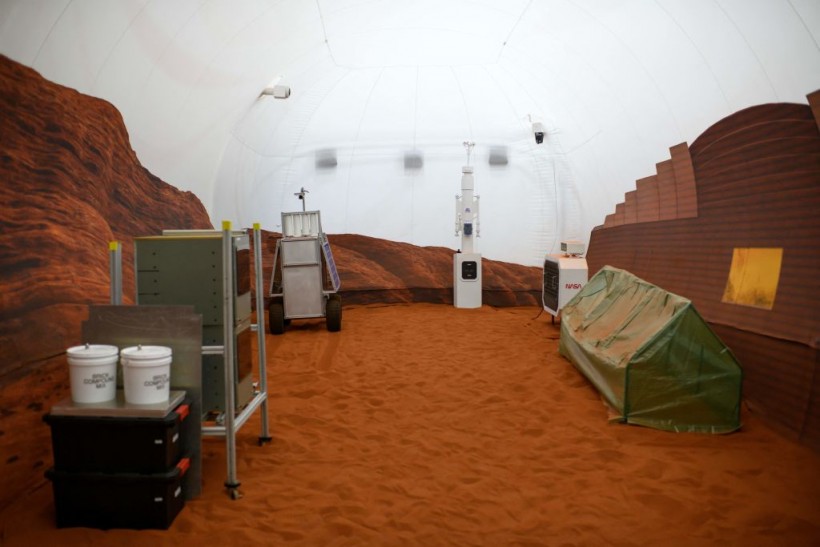While NASA is popular for some of its most notable outer-space missions, it also conducts missions within the Earth's atmosphere. As such, these include having participants live inside simulations of other planets, like the Mars simulation.
NASA's Mars Simulation
According to Futurism, NASA has four people who have agreed to live inside its Mars simulation. As such, this would involve living inside a 1,700-square-foot habitat that imitates the conditions of the Red Planet.
The location of the simulation is the John Space Center, and NASA is conducting it to study exactly what it would be like for humans to live on Mars. The study aims to understand important metrics like how humans would function and cope in what was described by the report as an "extreme environment."
USA Today reports that the mission would last 378 days and has recently just launched. As such, participants were said to have an extremely busy schedule, which involved multiple space duties.
Some of the activities expected of participants include exercising while performing spacewalks. Most importantly, the participants must grow crops in the Mars simulation habitat.
Mars Simulation Payment
Houston Chronicle reports how much NASA is paying participants. As such, it was specified that the space agency pays $10 per hour for each participant for all their "waking hours."
The publication computes that over the course of the full 378-day mission, participants would earn $60,000. Futurism commented on this amount, saying that considering everything, the payment "seems a little low" for the mission.
The publication did note that despite that, the mission's goal was still for the betterment and good of the interplanetary future of humans. The crew includes a scientist, an emergency medicine physician, a microbiologist, and a structural engineer.
Participants of the Mars Simulation
Participating crew members of NASA's Mars simulation mission start with Kelly Haston, a research scientist. She will be joined by Ross Brockwell, who is a structural engineer, and two other professionals.
Regarding the mission's medical needs, this would most likely be the responsibility of Nathan Jones, an emergency medicine physician. The crew also included Anca Selariu, a US Navy microbiologist.
Futurism details how Brockwell, the structural engineer, acknowledged the mission's difficulty but said that it was extremely important that there was a study into how they learn to adapt. Emergency medicine physician Nathan Jones shared different concerns.
Per Jones, the biggest concern he had was how something might break with his family and that he wouldn't be able to be there to fix it. These included things like fixing a lawnmower or something else.
Jones said this would be the biggest cause of his getting homesick, while research scientist Kelly Haston shared her excitement in the study. Selariu reportedly joined the crew just days before the official mission started.
RELATED ARTICLE: James Webb Space Telescope Unveils Six Distant Galaxies That Formed Within the First 650 Million Years After the Big Bang
Check out more news and information on Space in Science Times.















